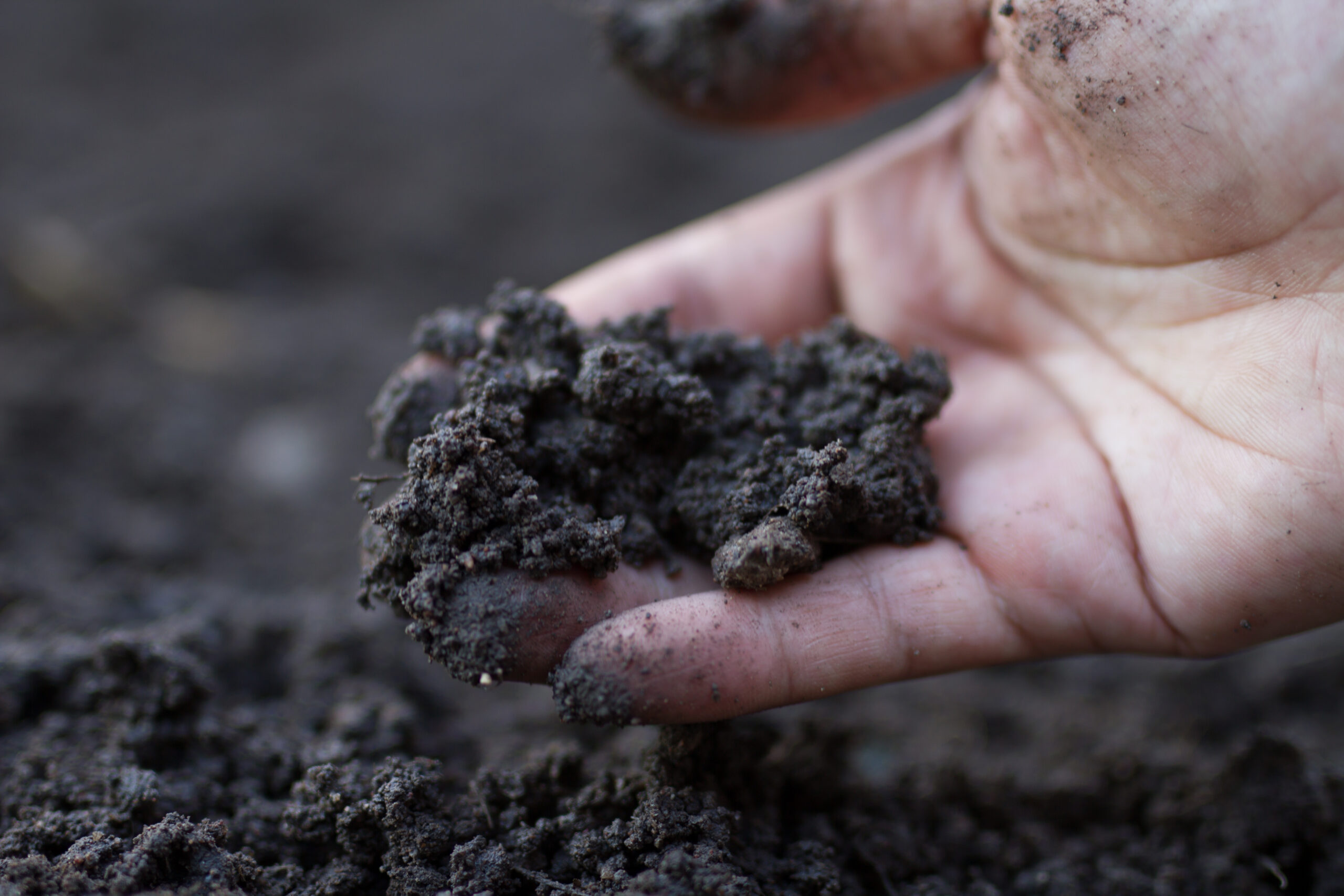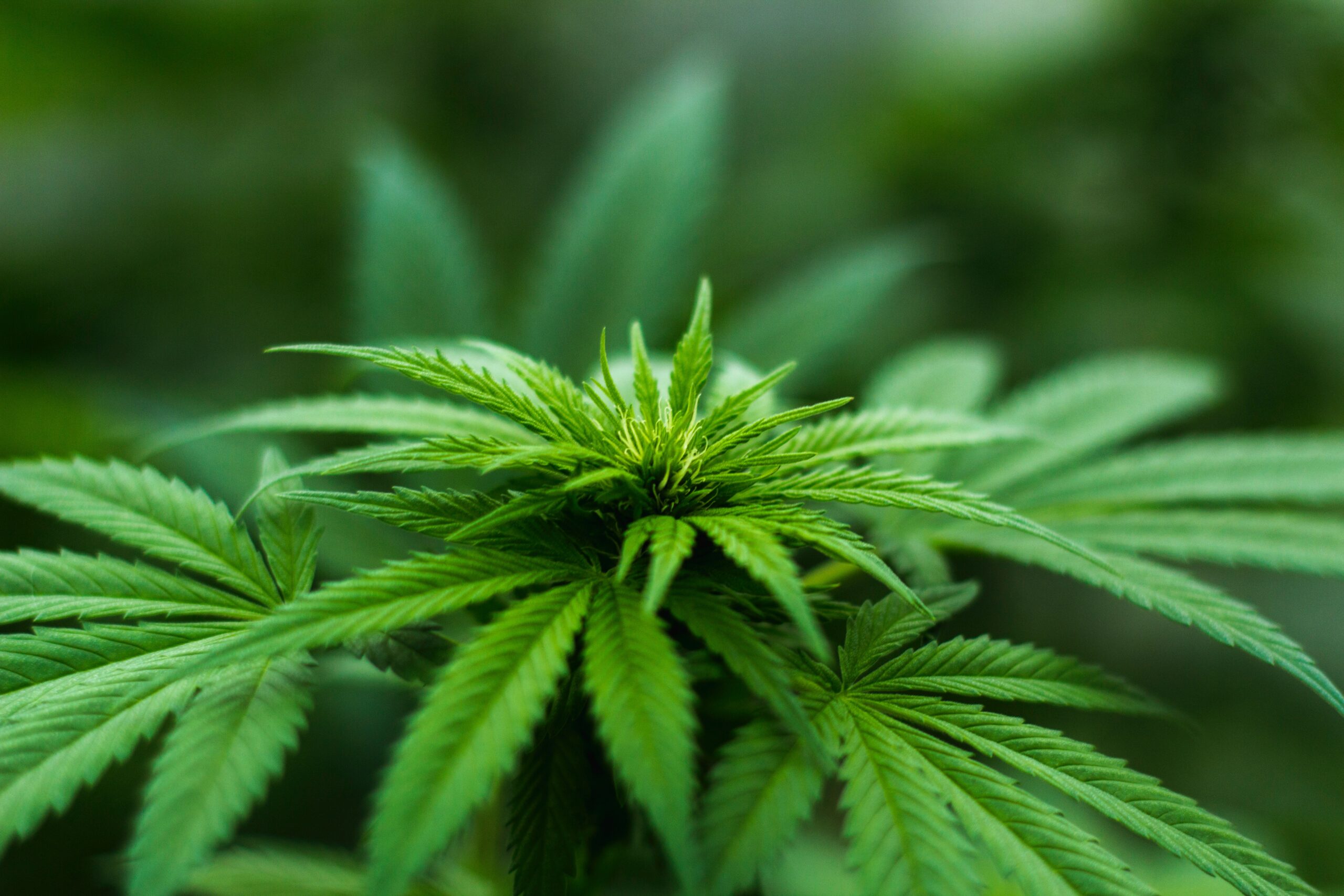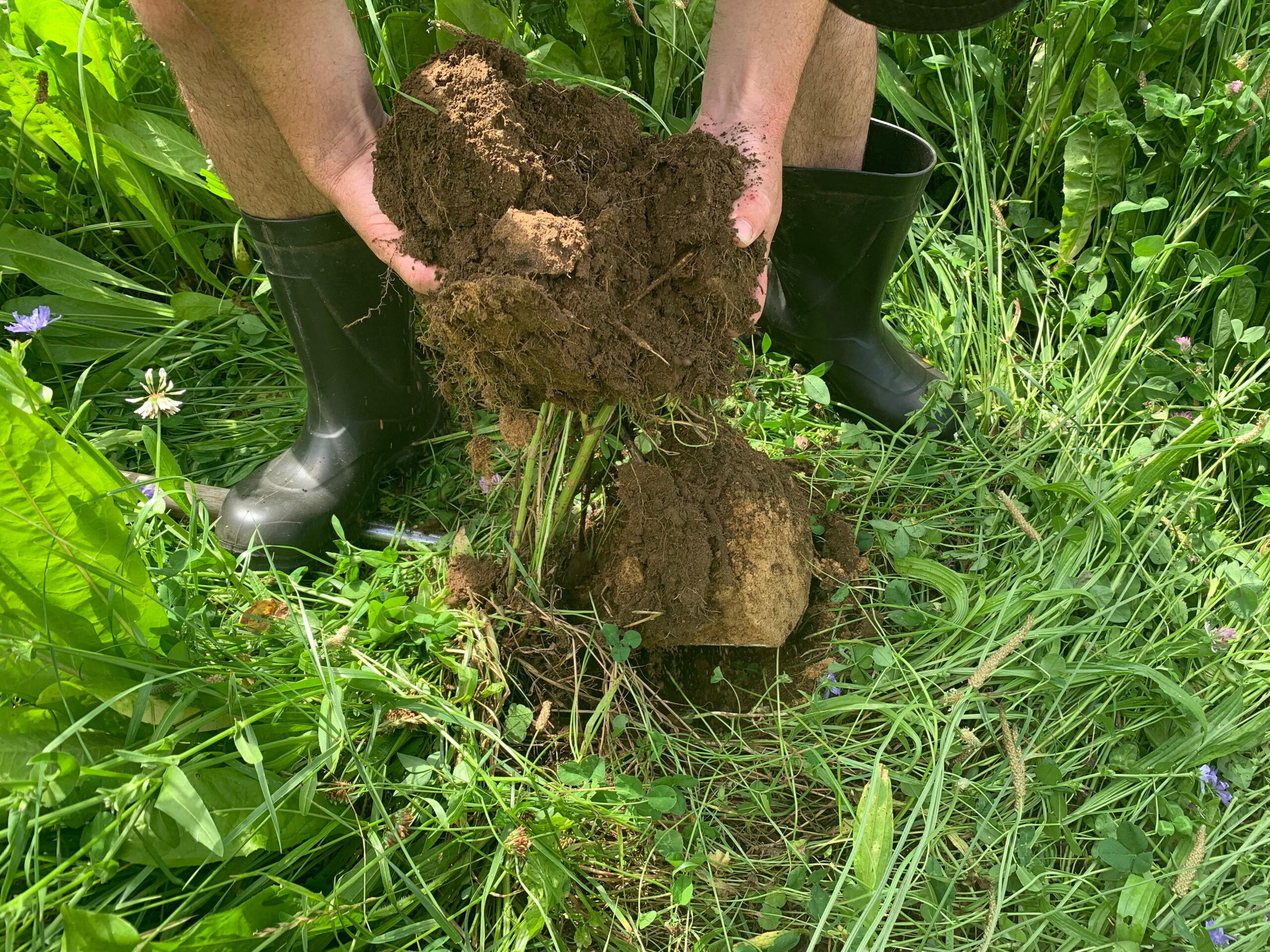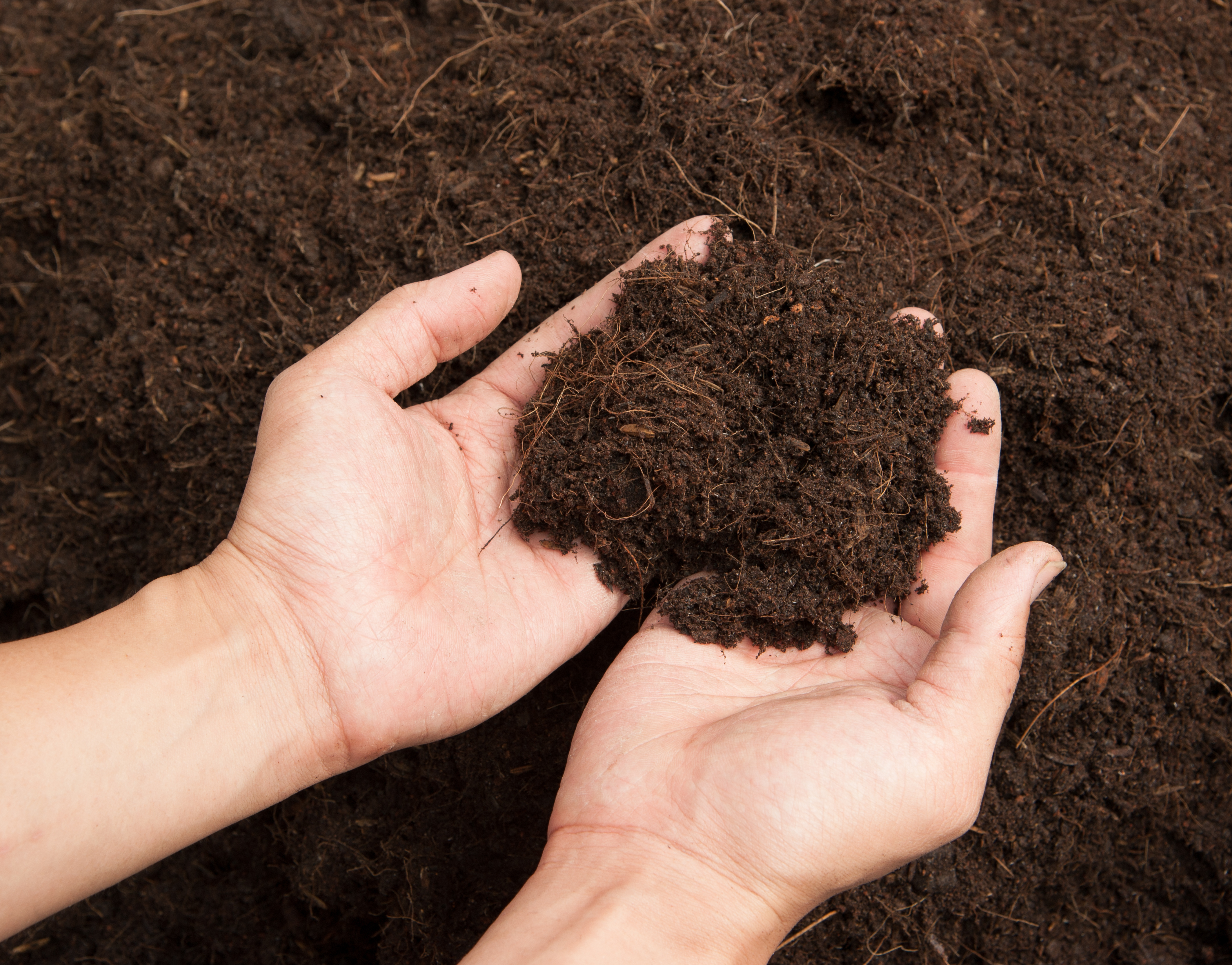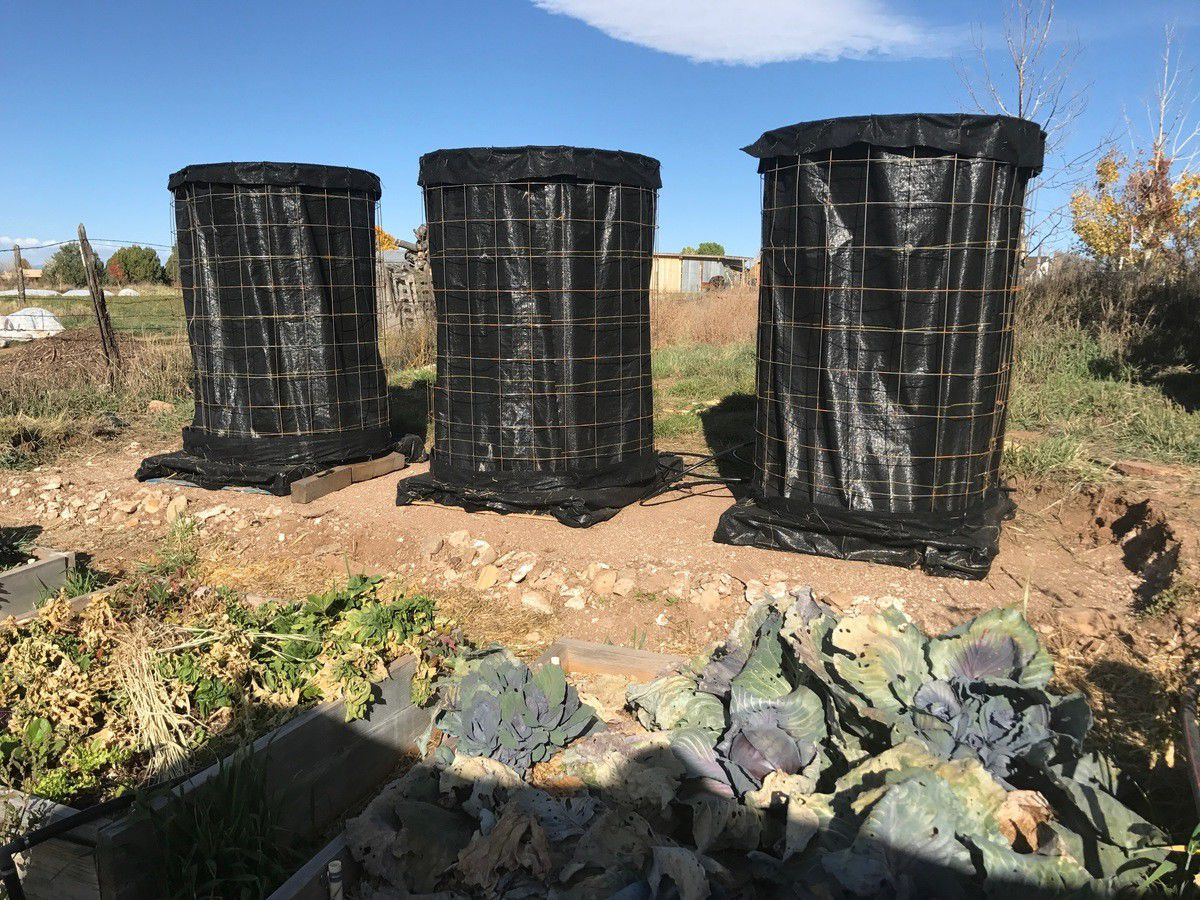
microBIOMETER® testing soil and compost in the Netherlands
With a small R & D grant awarded from the Dutch government, Jo Ploumen of the Netherlands is using microBIOMETER® to determine fungal to bacterial ratios in vermicompost filled in a Johnson-Su Bioreactor versus residence time. Jo also uses microBIOMETER® to measure microbes and F:B ratio in select soil samples

